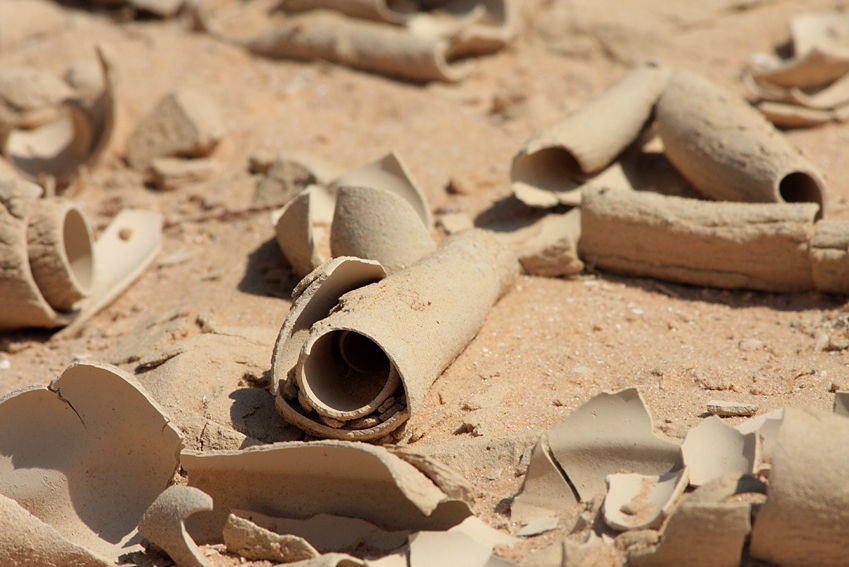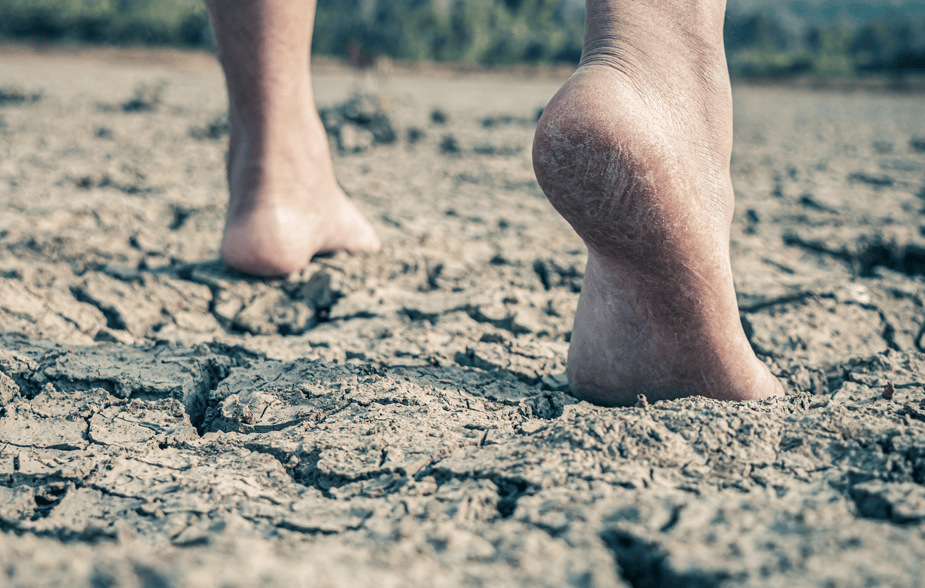Considering leaving the Sunshine State? Here’s what you may encounter:
Living in a dry climate has its unique challenges, and one aspect often overlooked is foot care. The arid environment can lead to various foot problems, such as:
- Dry skin: The low humidity in dry climates can cause excessive dryness in the skin, leading to cracked heels and flaky skin on the feet.
- Calluses: Due to the lack of moisture, calluses can form a protective response to friction or pressure on the feet.
- Fungal infections: Fungus may still grow if you tend to wear tight-fitting shoes for long hours
- Dehydration: Staying hydrated is crucial in dry climates, as dehydration can affect the skin, leading to dryness and discomfort.
- Excessive sweating: Some individuals experience excessive sweating in dry conditions, which can contribute to fungal infections and foot odor
Relieving or Preventing Foot Problems
The first way to relieve dry skin is to stay hydrated. Drink plenty of water or fluids so your skin does not become too dry. This could also reduce the risk of calluses. In addition, make sure to apply a high-quality foot moisturizer daily. Focus on your soles and heels to prevent cracking and dryness.
You can gently exfoliate your feet using a pumice stone or foot scrub. This is useful in removing dead skin and calluses. Be cautious with this process, as excessive exfoliation can worsen the issue.
Next, choose appropriate footwear. Rather than going for simple flip-flops or barefoot, you should opt for breathable shoes with moisture-wicking properties. This ensures sufficient foot support while preventing excessive sweating and fungal infections.
If you are prone to developing fungal infections on the feet, you could use foot powders or antifungal sprays. Moreover, soaking your feet in warm water with Epsom salts or essential oils can help you to relax and soften the skin. Also, trim your toenails straight across to prevent ingrown toenails.

Other Tips
- Sun Protection: Apply sunscreen to your feet if you spend extended periods outdoors to protect against sunburn.
- Regular Inspection: Examine your feet regularly for any signs of fungal infections, blisters, or cuts. Early detection can prevent complications.
- Maintain Good Hygiene: Wash your feet daily and dry them thoroughly between the toes. Change your socks if they become damp.
- Use Humidifiers: Consider using humidifiers in your home to increase indoor moisture levels.
While these tips can help maintain healthy feet in dry climates, it’s essential to consult a podiatrist if issues such as dry skin, calluses, or fungal infections persist, or if you experience severe foot pain. If you have diabetes, visit your physician regularly and examine your feet often for abnormal changes.
Podiatrist Newsletter provided by LRW Media. Images provided by Wix Media.
